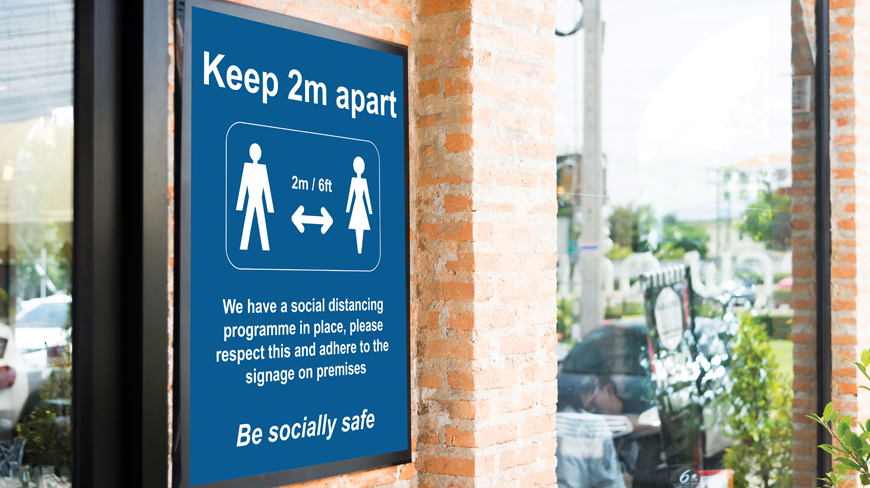Written by: Griffiths & Armour on: 12 May 2020
6 Key areas a Business Should Consider for Return to Work
The government has announced that from 4 July, many restrictions on non-essential businesses will begin to be eased across the country.
An essential element of this plan will involve businesses undertaking a return to work risk assessment to ensure the continued safety of employees and others, such as customers, visitors and the general public.
It is a legal requirement for employers to undertake health and safety risk assessments, and for these to be documented where they employ five or more people. Risk assessments should also be reviewed at regular intervals and the effectiveness control measures continually monitored.
To help you in your preparations, our Risk Management team have listed 6 key areas you should consider as part of a return to work risk assessment.
The Workplace
- Determine the maximum capacity of the workplace for staff and others to comfortably adopt the 2 metres safe social distancing rule. Once established, it should be ensured that this is adhered to until circumstances change. The removal of furniture, equipment and/or the use of clear markings can assist in reinforcing best practice.
- Examine the workplace entrances, exits and walkways. Consider are these wide enough to allow individuals to pass. Where possible, look to implement a one-way system. This may require changes in workplace layout. Introduce queue management systems at areas where this is likely to occur.
- Consider leaving certain doors open to avoid the repeated use of door handles and/or touch access control systems.
- Identify areas where employees are likely to congregate, such as external smoking areas and review these.
- Determine parts of the workplace where access will be prohibited, for example breakout areas, kitchens, canteens and gyms.
- Identify areas that should only be accessed by one person, for example toilets, changing rooms, showers, small IT server rooms, post rooms, storage areas, etc.
- Consider re-purposing areas, such as smaller meeting rooms into single occupancy offices.
- Review workplace evacuation plans to ensure individuals can evacuate in reasonable time whilst maintaining appropriate social distancing.
- Cooperate with others with whom you share buildings and sites to ensure that safety measures do not conflict.
- Where buildings are leased, liaise with landlords regarding areas within their control, such as communal areas.
- Ensure that legionella risks are properly managed. A Griffiths & Armour article on this subject is available here.
- Introduce signage and floor markings throughout the workplace to make rules clear to colleagues and visitors.
- Review the capacity of car parking facilities.
- Prohibit work in third party premises occupied by those known to be infected or in self-isolation.
Working Practices
- Maximise the use of homeworking wherever possible.
Return to work on a gradual basis, possibly commencing with activities that can only be conducted in the workplace.
Introduce employee rotas. It is recommended that individuals be kept on the same rota once these are established. - Keep groups of employees working together in teams that are as small as possible and keep the team members consistent.
- Introduce staggered start, lunch, break and finish times.
- Allocate individuals to workstations and avoid shared workstations whenever possible.
- Reorganise activities where people previously needed to work together closely. Avoid activities where this cannot be safely achieved.
- Avoid the use of shared equipment, such as tools, pens, staplers, etc.
- Review working practices to avoid the use of high touch items, such as printers, photocopiers, vending machines, lockers, cupboards and general filing cabinets. Where this is not possible, consider replacing these with non-touch alternatives, such as by using proximity detector controls, or establishing restrictions for these, for example in respect of air conditioning controls, audio/visual equipment buttons and window blinds controls.
- Avoid using hard copy documents and means of communication, such as post.
- Establish rules for the safe delivery, collection and maintenance of items.
- Prohibit business travel and face-to-face meetings, for example with customers and suppliers.
- Review staff transport arrangements, for example where vans and trucks have previously been used with more than one occupant.
Colleague Considerations
- Give special consideration to employees that are high risk, have dependants and/or would need to use public transport to commute into work.
- Require employees to perform a temperature check before setting off to work and to stay at home if the temperature gives cause for concern.
- Instruct colleagues to self-isolate in accordance with government guidance if they suspect they, or a member of their household are infected, and notify their employer.
- Provide wellbeing guidance and support for those working from home. Encourage regular contact between colleagues.
- Communicate regularly with employees to provide updates on return to work.
- Deliver training on all health and safety control measures.
Cleaning and Hygiene
- Ensure a constant supply of appropriate grade sanitiser and cleaning products is available.
- Review cleaning regimes involving contract cleaners to ensure these provide an appropriate level of hygiene.
- Increase the frequency of cleaning of high risk items, such as door handles, hand rails, barriers, toilet flush controls and washroom taps and soap dispensers.
- Provide employees with information on good hygiene practice, such as hand washing and avoiding touching their face.
- Instruct employees to regularly wash their hands and to clean their own workstation and equipment at the start and end of each day. Employees should also be required to wash their hands before and after using communal and/or enclosed equipment, such as vehicles.
Protective Equipment
- Identify areas and activities where personal protective equipment, for example face masks and gloves is mandatory. This should include instances where safe social distancing cannot be achieved, for example when administering first aid.
- Consider the specification, availability, lifespan and disposal of personal protective equipment.
- Erect plexiglass barriers at points of regular interaction to further reduce the risk of infection for all parties.
Documentation
In addition to documenting your return to work risk assessment, it is recommended that the following also be formally recorded:
- Provision of training
- Issuing of personal protective equipment
- Workplace inspection monitoring
- Notifications of suspected and/or confirmed infection
- Revised evacuation plans
- Revised legionella risk assessment
If you have any questions or comments on the contents of this article, we are more than happy to answer them for you. Please click below to send your message to our team.
In addition, guidance covering infectious diseases, which includes our COVID-19 Return to Work risk assessment template is also available. The Return to Work risk assessment template is available to all clients by logging into their RMworks profile. If you are not using RMworks and would like to know more information, you can find out more here.








